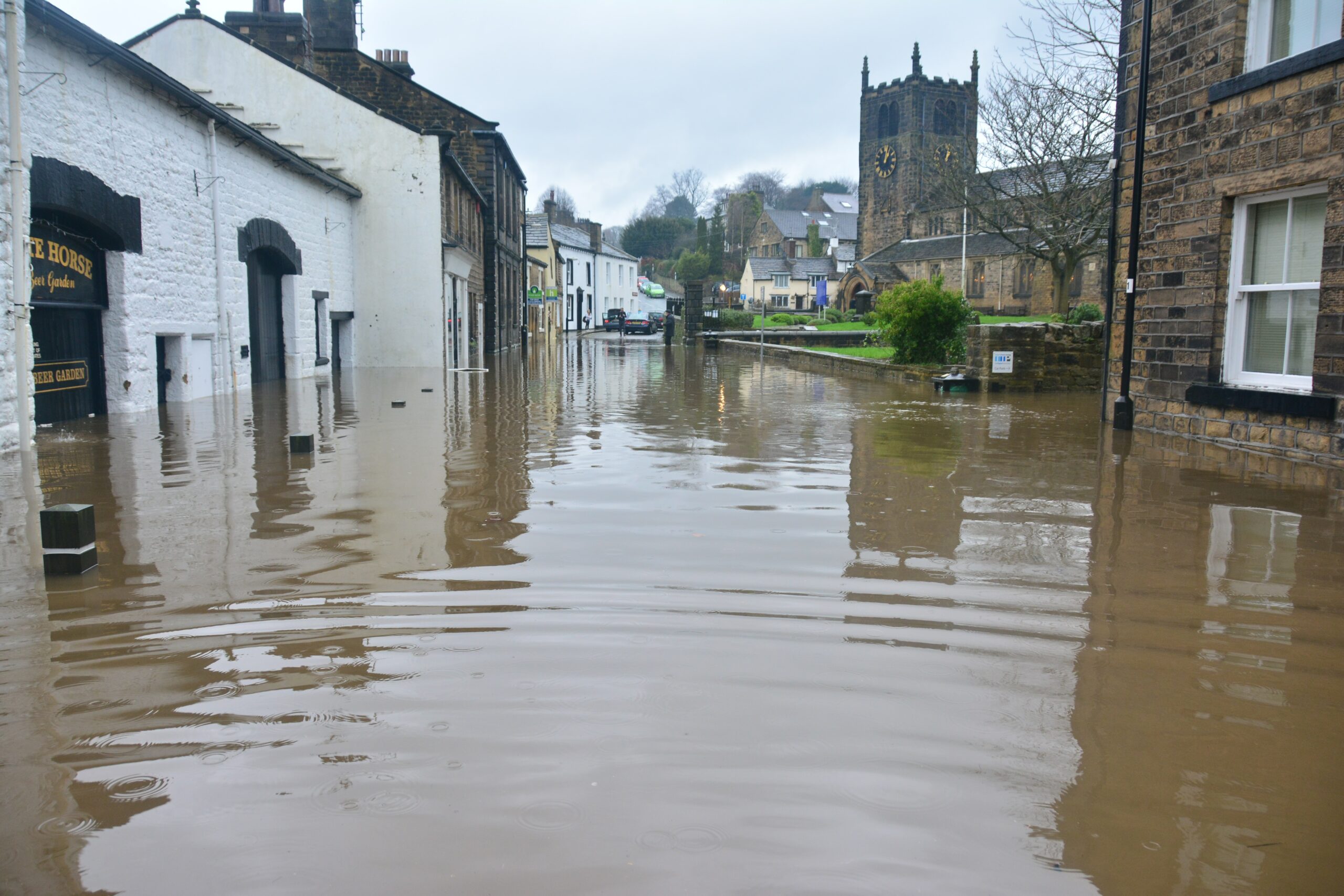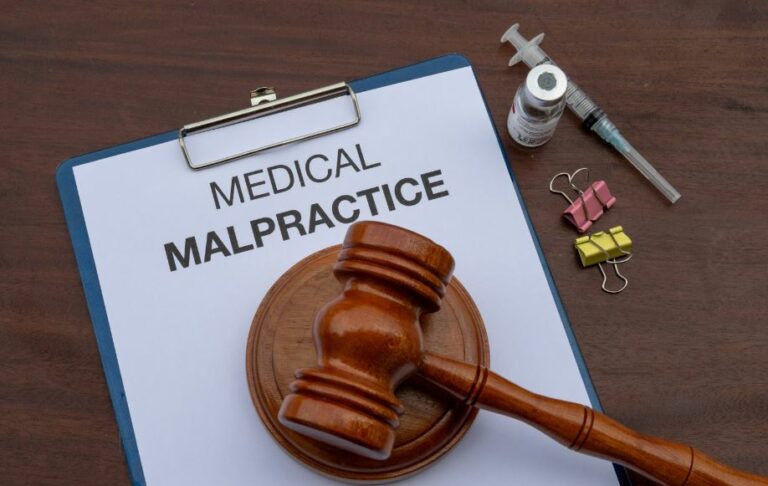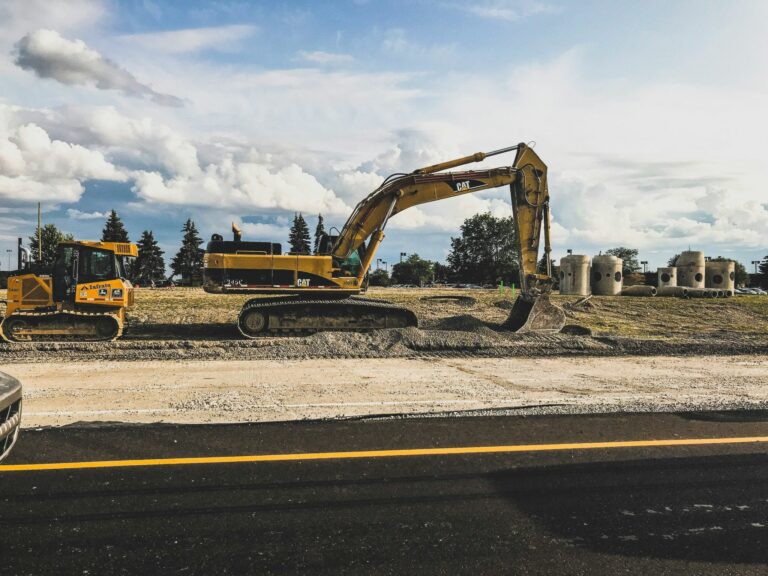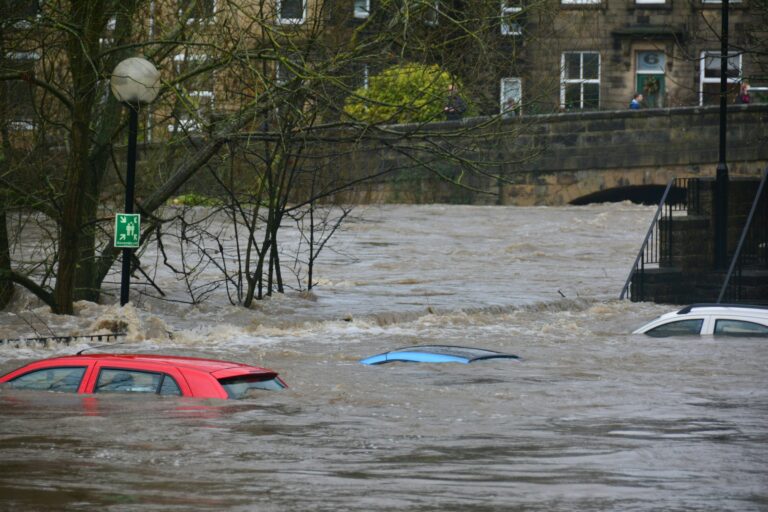Floods can be miserable ordeals, even with extensive preparation. They can spring up with little to no warning and saddle you with the responsibility of a lengthy, expensive restoration period. Your business could be underwater in a flash, and you could be faced with mounting repair bills and extended interruption to your business.
But floods can also be regenerative. Large-scale damage to your business is an opportunity to rebuild and minimise potential damage and disruption that could be caused by future floods. If your business has sustained flood damage, do not panic. Think of it as a chance to fortify your business against future flood damage rather than nothing but a ruinous misfortune.
Cleaning Up After a Flood
Once flood waters start to recede, you may want to immediately get your hands dirty and start the clean-up effort. Fight that urge. Never re-enter premises until you are absolutely sure they are safe. Floods leave a myriad of hazards in their wake, such as exposed wires, weakened buildings and contaminated water. Your first priority should be the safety of yourself, your employees and anyone else who might enter or pass near your business.
- Local councils and insurers often visit flood-damaged premises and offer guidance after flood waters start to retreat. Until then, use extreme caution when visiting your business. Before entering your flood-damaged building, heed the following advice:
- Notify your insurer. Take pictures of contents and damage for your insurer—the more the better—but only if it is safe to do so.
- Turn off your building’s gas, electricity and any fuel taps. Never touch sources of electricity when standing in flood water.
- Check for structural damage before entering the building. Do not enter if there is any chance it may collapse.
- Assume that all water-damaged structures are unstable until proven otherwise.
- Treat all stairs, floors, roofs and overhangs as unsafe until they are inspected.
Your insurer will send a loss adjuster and other specialists to assess your business’ damage. After ensuring that your property is stable, it is time to get dirty. When beginning clean-up efforts, follow the guidance listed below:
- Ensure you and your employees follow every health and safety precaution, such as wearing boots, rubber gloves and other personal protective clothing.
- Use caution when handling debris—it may be contaminated or harbour unseen sharp objects.
- Dispose of equipment only after notifying your insurer.
- Disinfect your property with ordinary household cleaners, but follow the manufacturer’s directions to ensure you are disinfecting properly. Let cleaned surfaces dry completely.
- Open a window and leave the building if you smell gas or hear blowing or hissing—these may be signs of a gas leak.
- Operate electrical equipment only if the ground is dry—never operate electrical equipment that is in or near water.
- Clean any water taps that may have been submerged in contaminated flood water with a bleach solution. Let the water run for 30 seconds prior to using it.
- Drain water away in stages to avoid discrepancies between the water pressure inside and outside your building.
- Shovel mud out in stages so the pressure inside and outside remains equal. Remove the rest of the mud with a hose, but make sure it is not a high-pressure one—these hoses can blast contaminants into the air.
- Use a pump and generator to remove water. Position the generator outside in the open air if it produces carbon monoxide. Only pump out water once the flood levels outside your property are lower than inside.
- Keep windows and doors open, weather permitting, to expedite drying, but never sacrifice building security.
- Dry your building using a combination of fans, industrial heaters and dehumidifiers. Your insurer may provide these tools.
- Leave central heating on at 20 degrees Celsius or above to encourage drying if it is safe.
Upgrading After a Flood
No matter what you install, the ultimate preparation for a flood is proper insurance. Remember that your damaged stock and premises will not be the only setback you suffer from a flood—interruption to your business’ continuity can be fatal. Purchase a comprehensive policy that accounts for business interruption and is tailored to your specific industry and location. Taking risk-reduction measures may help cut down your premium or excess.
Contact us for more information about keeping your business afloat when faced with flood damage.
Provided by RS Risk Solutions Ltd
The content of this Risk Insights is of general interest and is not intended to apply to specific circumstances. It does not purport to be a comprehensive analysis of all matters relevant to its subject matter. The content should not, therefore, be regarded as constituting legal advice and not be relied upon as such. In relation to any particular problem which they may have, readers are advised to seek specific advice. Further, the law may have changed since first publication and the reader is cautioned accordingly. © 2014 Zywave, Inc. All rights reserved.












